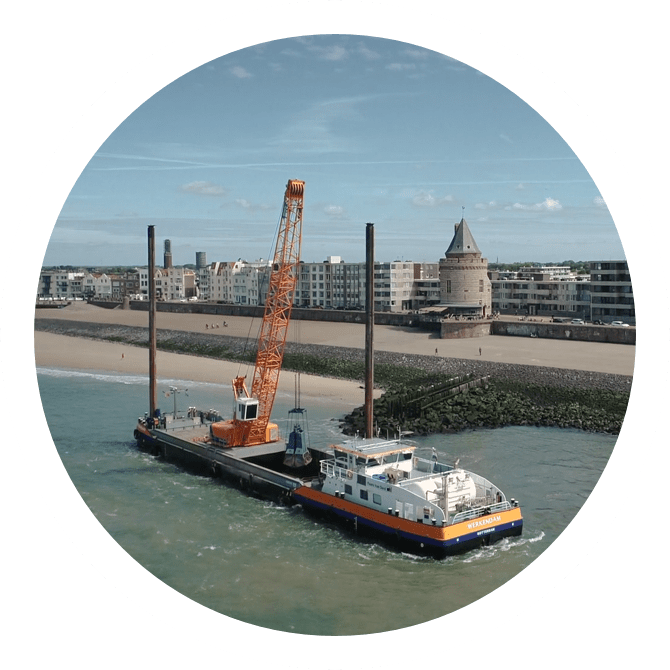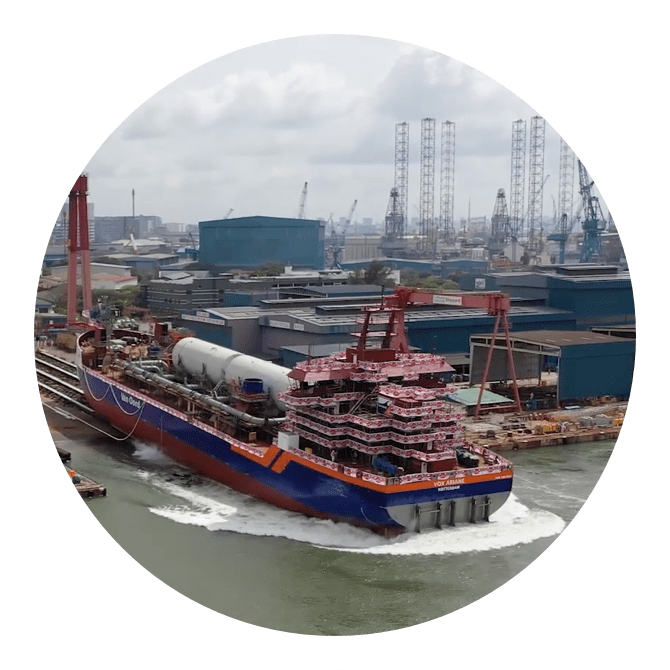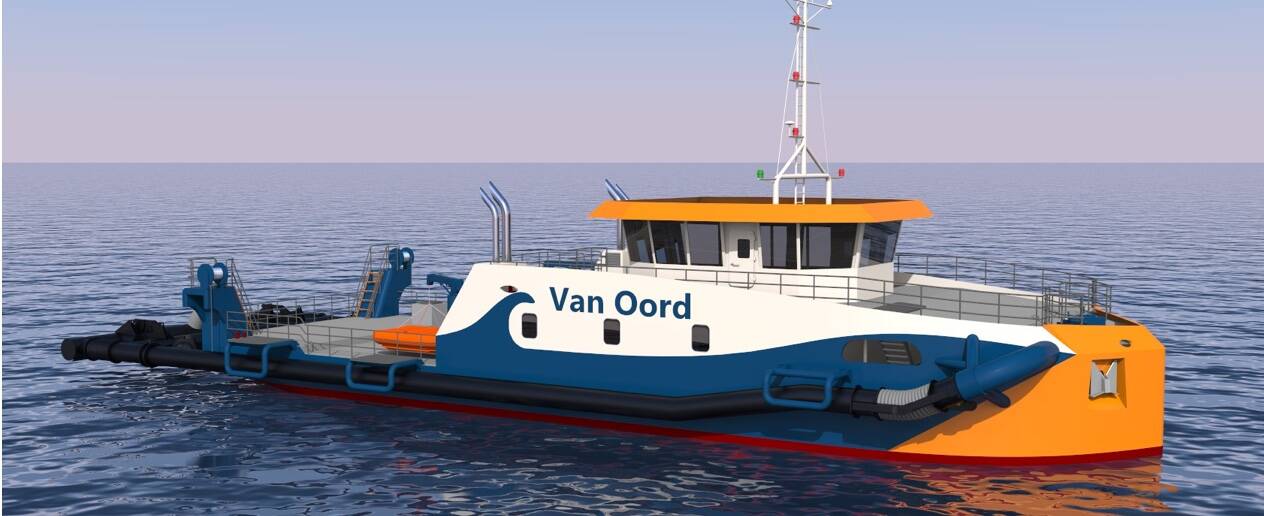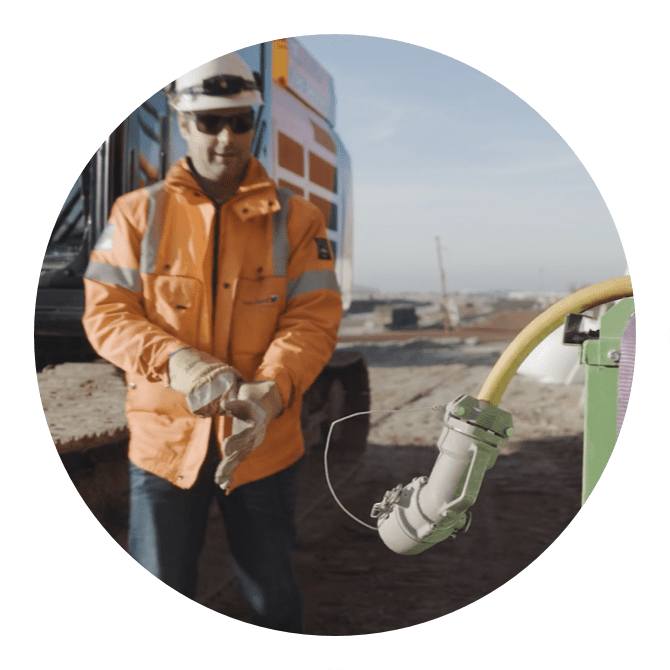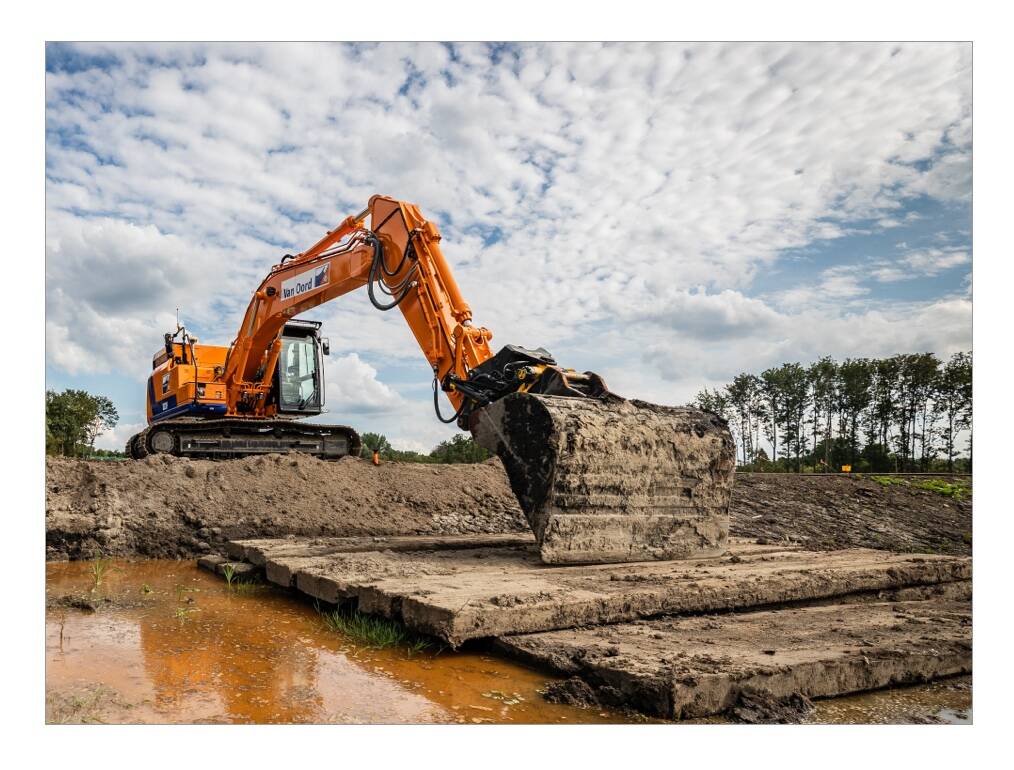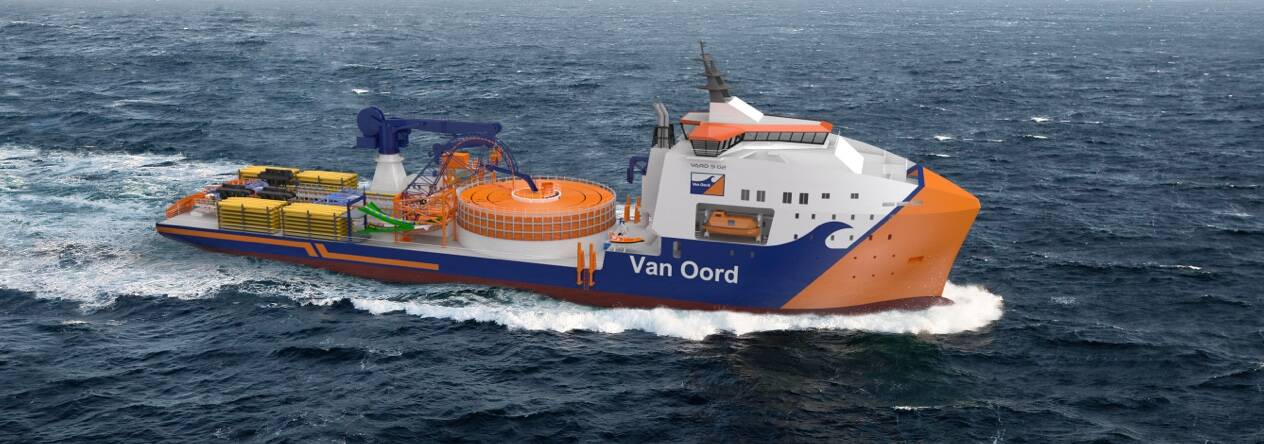LNG-powered inland crane
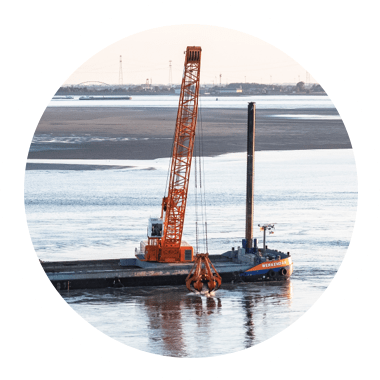
Zero-emission
excavator
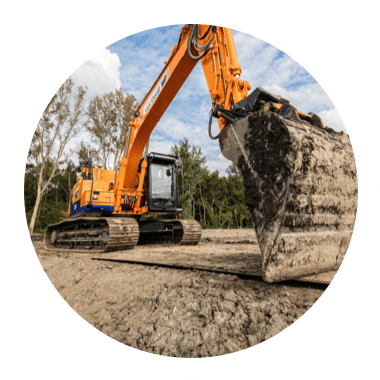
LNG trailing suction hopper dredgers
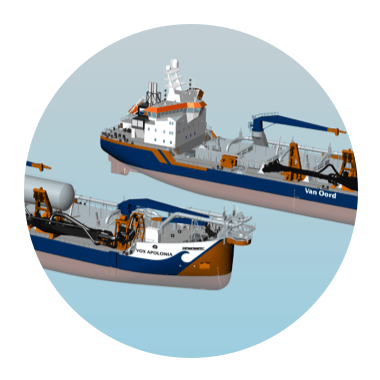
Water injection
dredgers
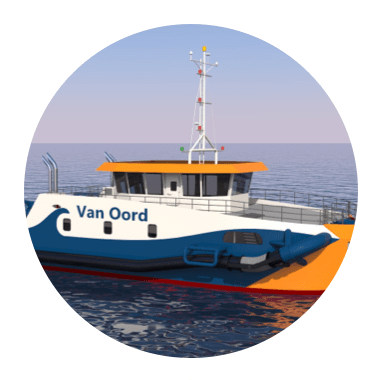

Van Oord is committed to reducing carbon dioxide emissions, leading to a better, more sustainable world for future generations. As part of our Sustainable Earth Actions programme, we intend to be carbon-neutral by 2050, in line with the Paris Agreement.
carbon-neutral by 2050
zero
emissions
Navigating
towards


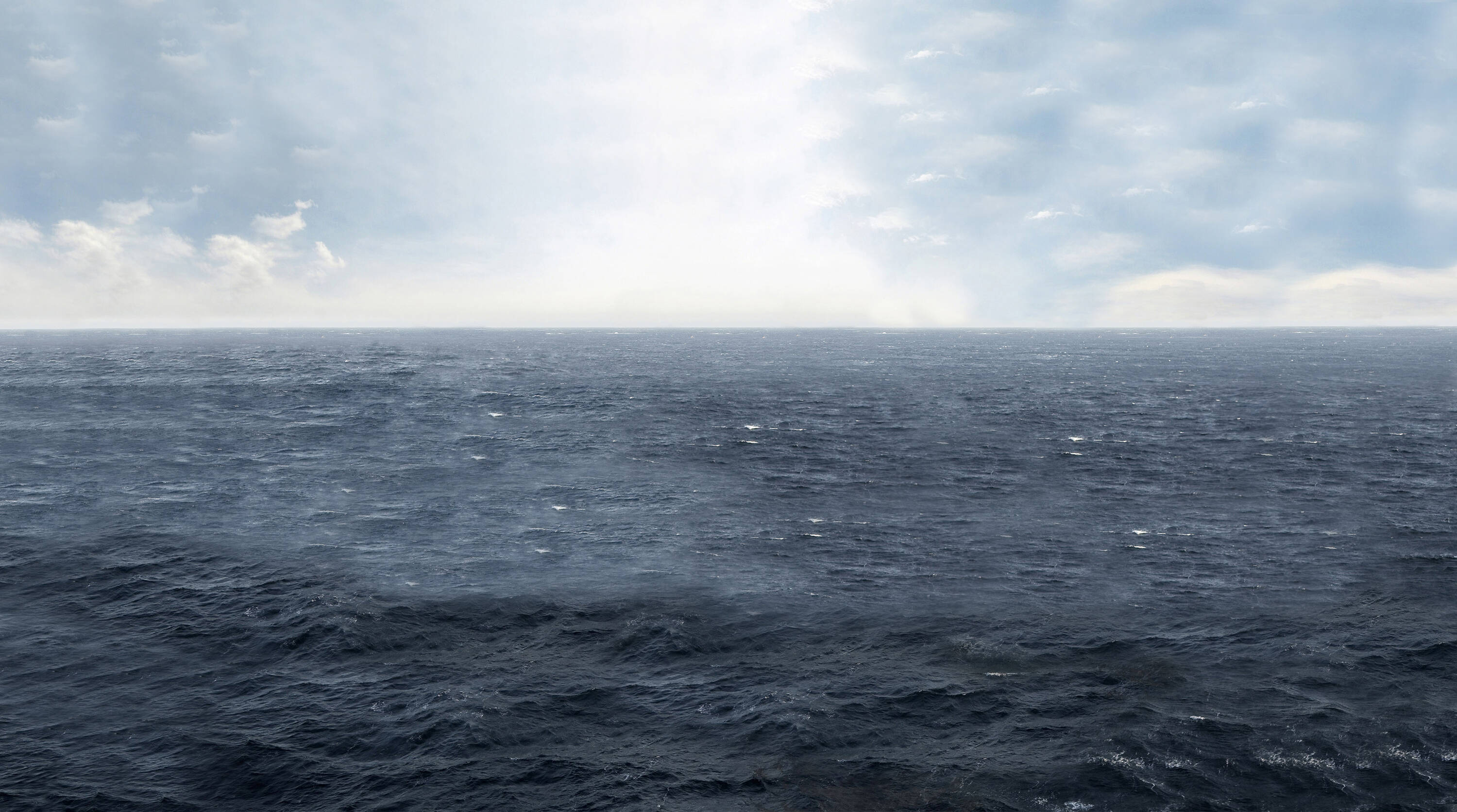



The vessel operates entirely on electricity, with LNG driving the generators. The crane’s drive system is also fully electrical. What’s special is that it also recovers energy and stores it in an innovative battery called an ultracapacitator or ultracap.
Van Oord is the proud owner of the world's first LNG-powered inland crane vessel, the Werkendam.
LNG-powered inland crane vessel


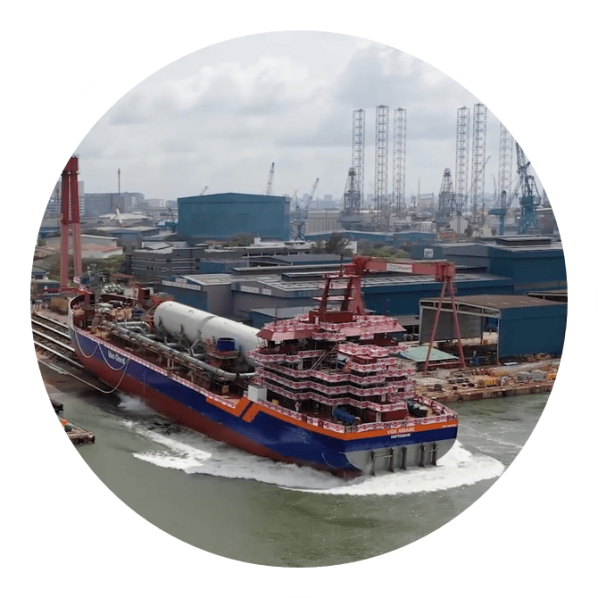
The new energy-efficient hoppers will replace existing vessels and fit in with Van Oord’s aim of making its fleet more economical and sustainable. Their energy-efficient design will reduce fuel consumption and therefore carbon emissions by a considerable margin, qualifying them for a Green Passport and Clean Ship Notation.
The first of the three trailing suction hopper dredgers is the Vox Ariane. It was launched at Keppel Offshore & Marine’s shipyard in Singapore on 28 January and will be operational in late 2021.
Three brand-new trailing suction hopper dredgers are in the making. These futureproof vessels have a hopper capacity of 10,500 cubic metres each and are fitted with an LNG installation, which is a cleaner fuel than marine gas oil (MGO).
LNG trailing suction hopper dredgers
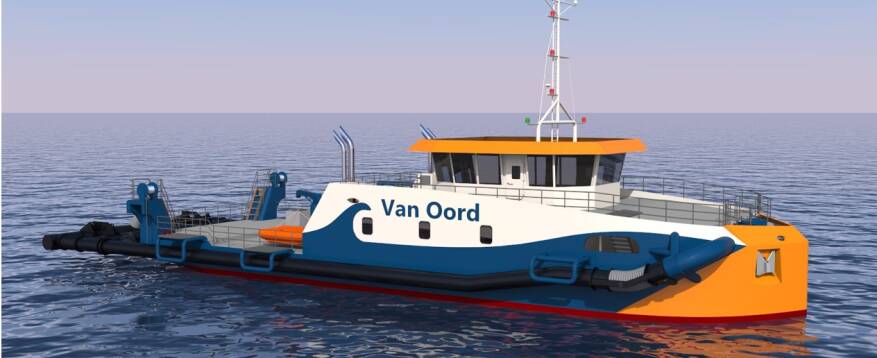
We recently extended our fleet to include two new water injection dredgers. Our engineers devoted special attention to their energy management.
The new vessels will be equipped with a hybrid energy management system and a waste heat recovery system. That means that their engines can operate on high efficiency by charging or discharging the batteries based on the energy demand. The vessels have also been fitted with an elaborate after-treatment system to reduce nitrogen oxide and other harmful emissions as well as particulate matter.
Water injection dredgers


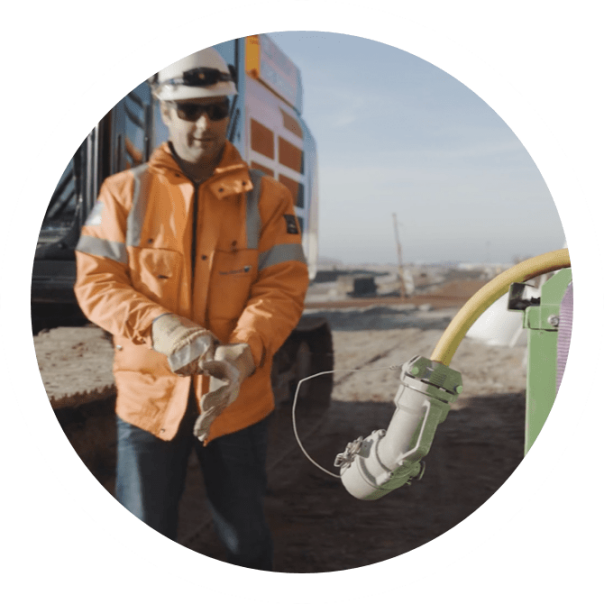
Last year Van Oord added a unique zero-emission excavator to its earthmoving equipment. The 25-tonne electric hydraulic excavator CAT Z-Line is helping us to electrify our project sites and to reduce carbon dioxide and nitrogen oxide emissions during project execution.
Zero-emission excavator
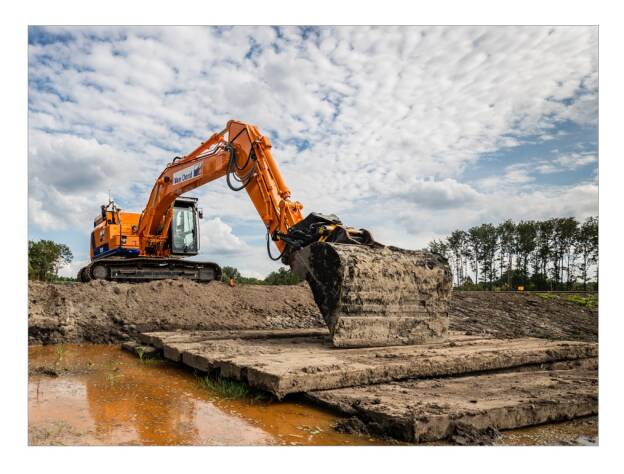
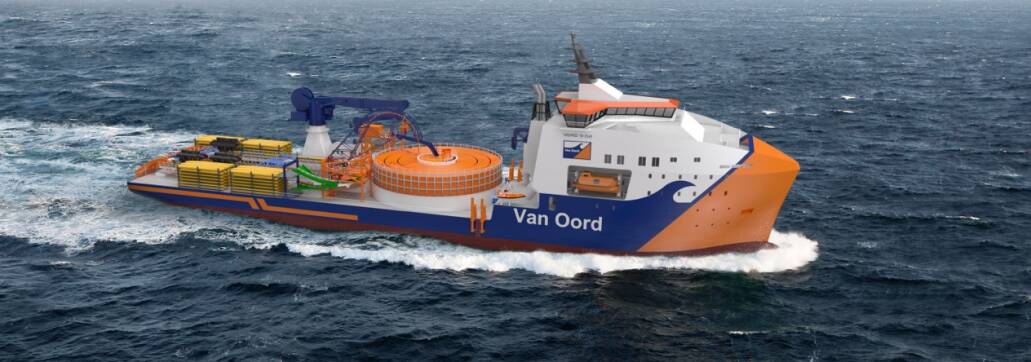
We have ordered a new cable layer, designed with the latest sustainable technologies that lower carbon dioxide and other harmful emissions both during operations and on port standby.
For example, it is equipped with a customised after-treatment installation for nitrogen oxide reduction well below the IMO’s Tier 3 limit. Besides its capacity to run on biofuel, this hybrid vessel has future fuel-ready engines that can be easily converted to e-fuels once the supply chain has been established. A large battery pack, a shore supply connection and a state-of-the-art power management system will ensure energy-efficient operations. The vessel will be delivered from VARD in Norway and be fully operational in 2023.
Cable layer
We look forward to even lower emissions and to becoming a net zero-emission organisation by 2050. But this isn’t something we can do on our own. We need to work with our clients, partners and suppliers to create a sustainable supply chain.
Sven Kramer,
Director Sustainability

Our equipment roadmap focuses on low carbon fuels and energy efficiency. While we don’t know precisely when renewable energy will become available, we’re already fitting out all our newbuilds for it. In the meantime, we can use biofuels and LNG. Regardless of the fuel, it always pays to be as energy efficient as possible.
Job Voormolen,
Manager Research
Development and Innovation

Approximately 95% of Van Oord’s carbon footprint is linked to its fleet. That is precisely why we can make the most progress by investing in the decarbonisation of our vessels. Find out more about our latest, sustainable fleet investments.
Van Oord is committed to reducing carbon dioxide emissions, leading to a better, more sustainable world for future generations. As part of our Sustainable Earth Actions programme, we intend to be carbon-neutral by 2050, in line with the Paris Agreement.
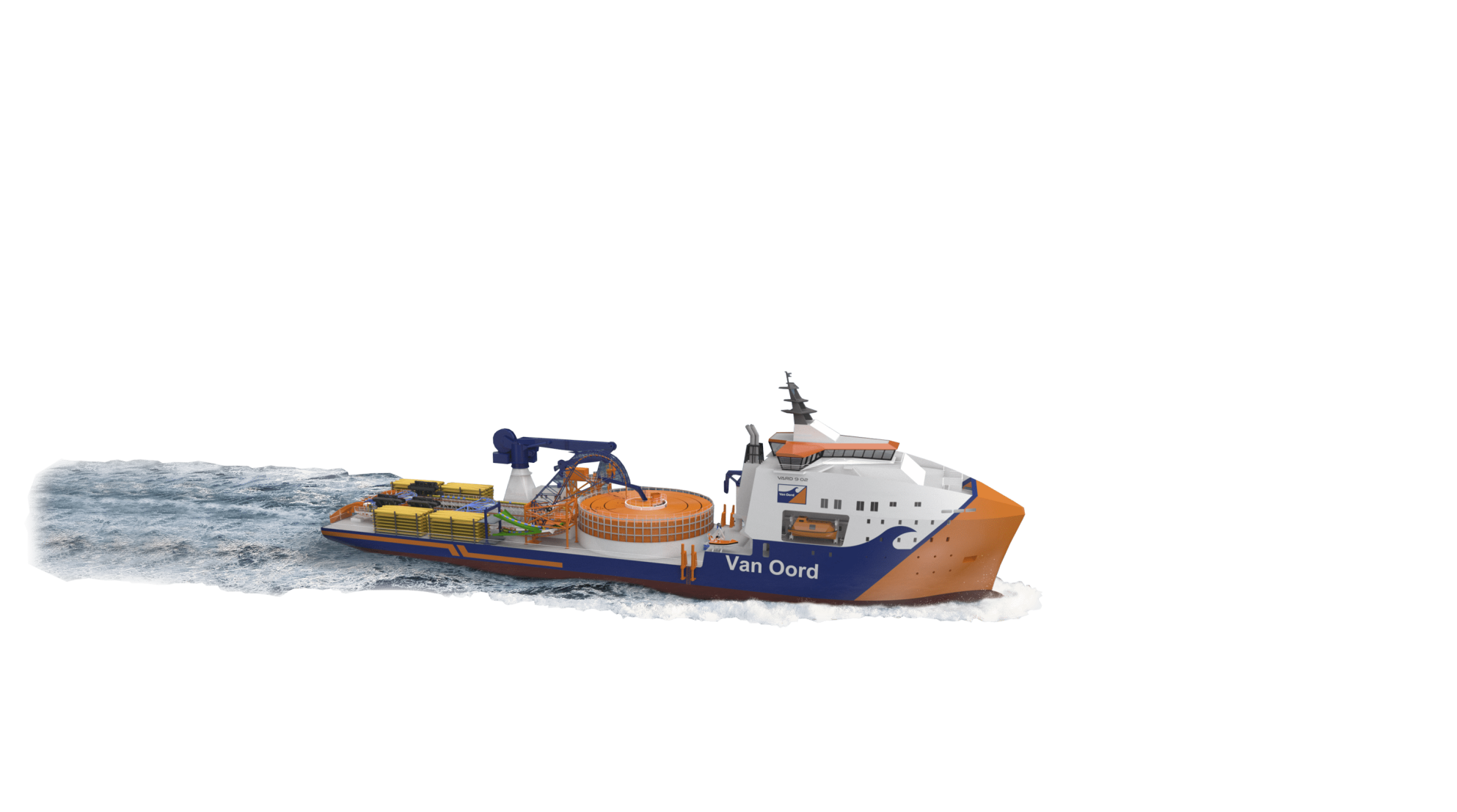
carbon-neutral by 2050
zero
emissions
Navigating
towards




